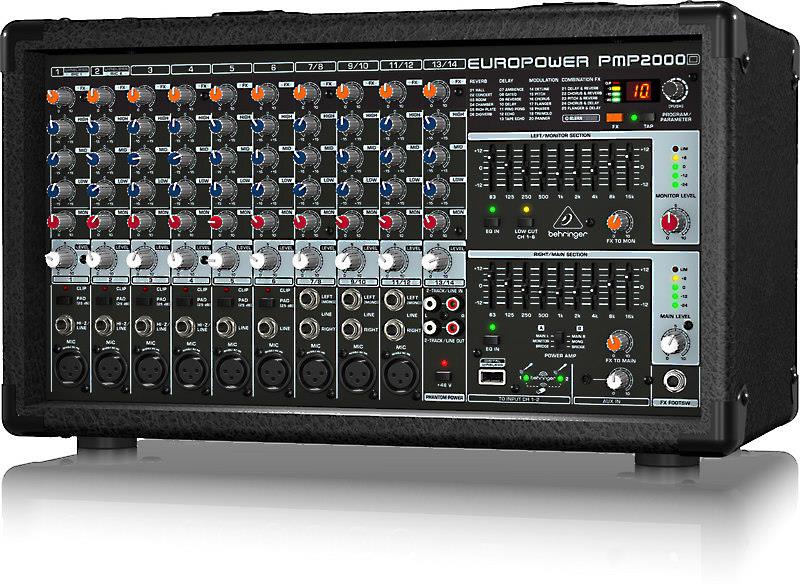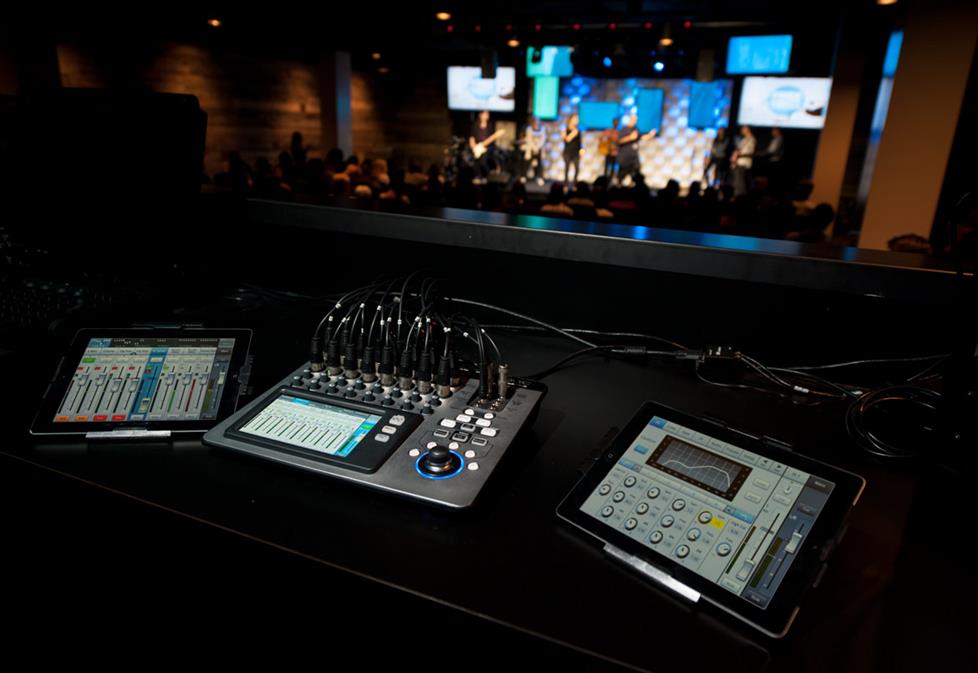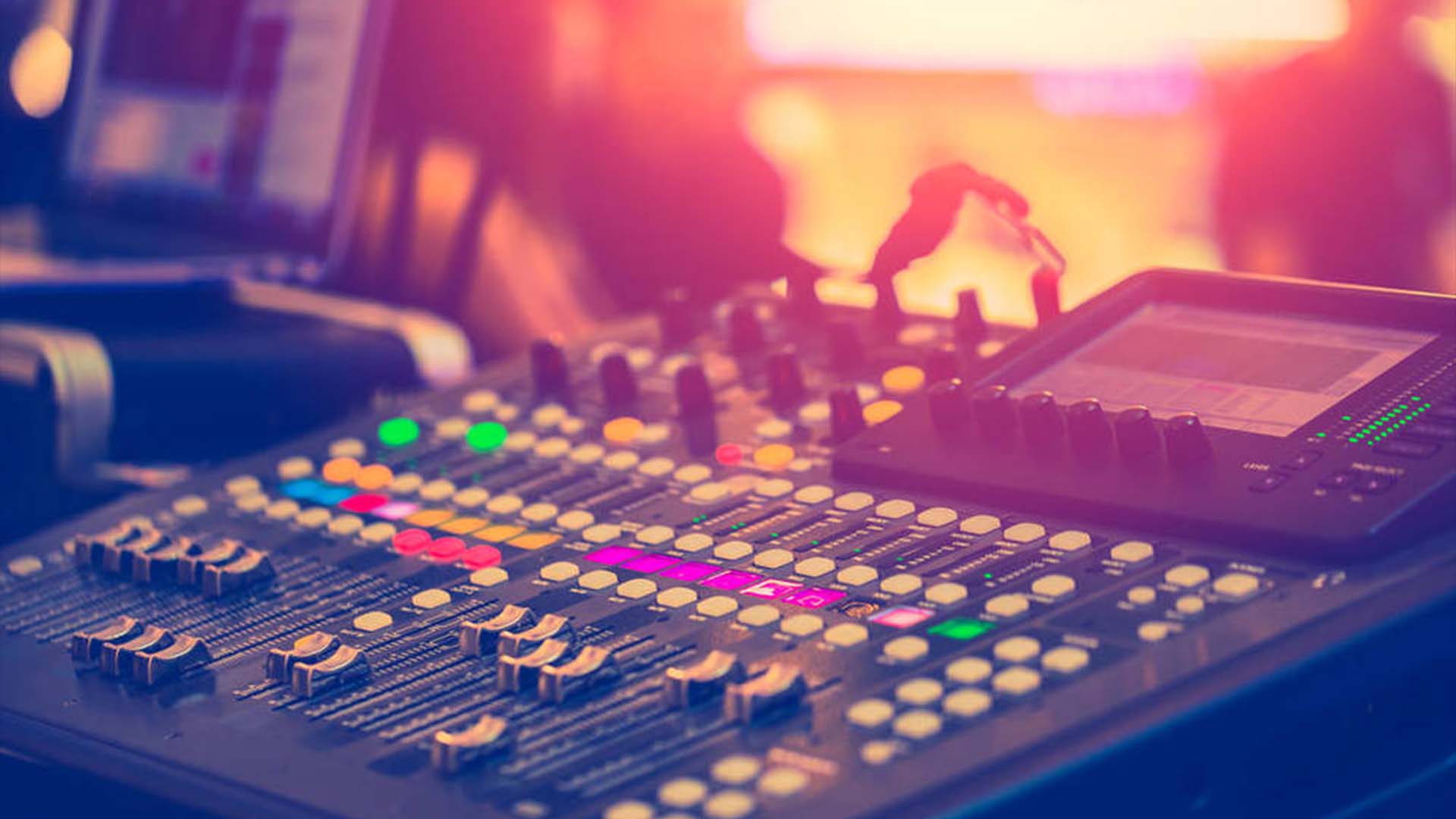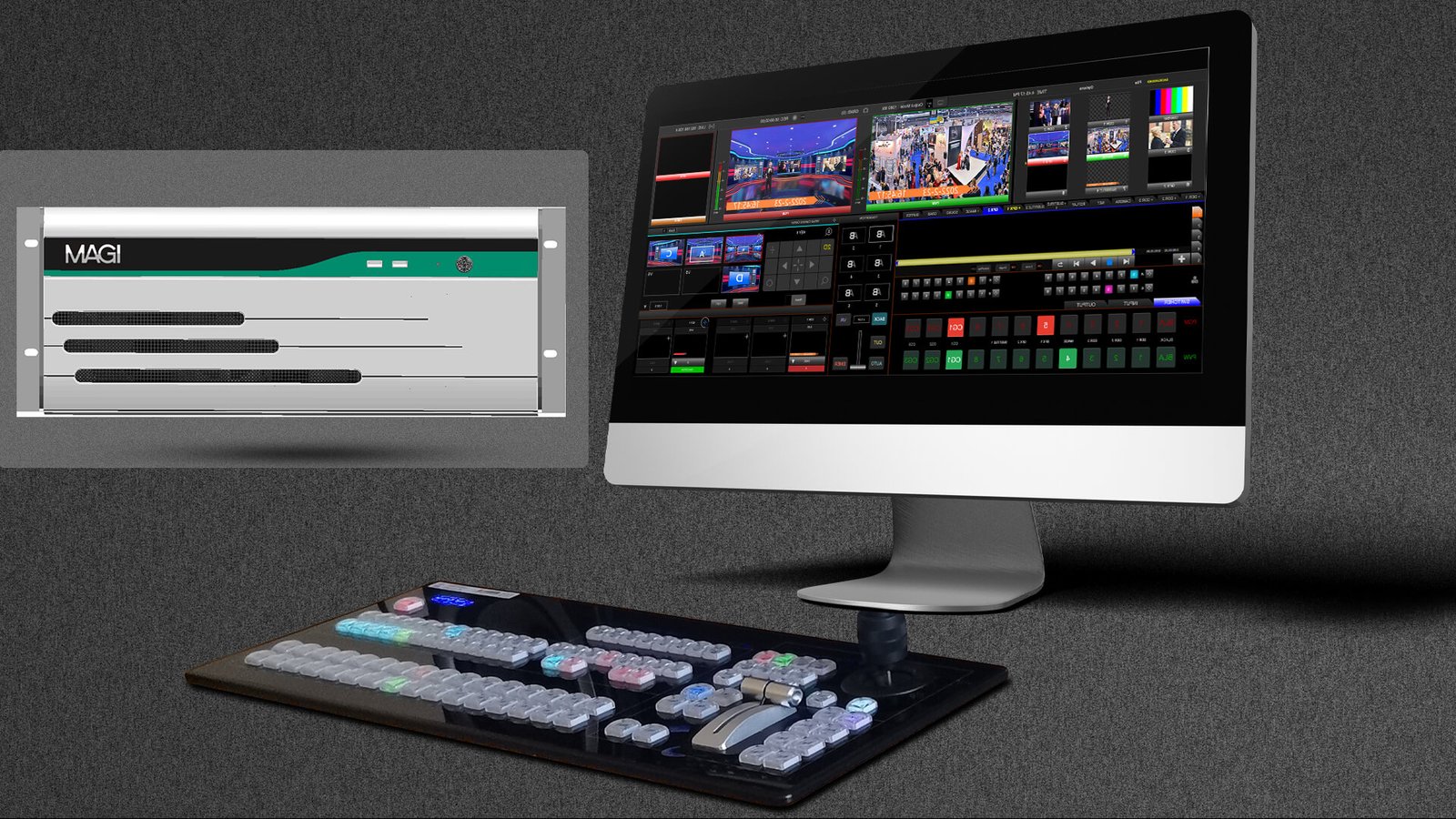An audio mixer (also known as a mixing board) has two primary jobs:
It lets you blend and tweak the audio signals coming in from microphones, musical instruments, and other audio sources.
It sends the mixed and polished signals to its output jacks, which connect to amplifiers, powered loudspeakers, or a recording system.

There are 3 types of audio mixers — analog, powered analog, and digital. Each type has its pros and cons.
Analog Audio Mixers
Analog mixers are great for live sound, and often for recording as well.
Each control on an analog mixer performs a single function. You can see at a glance exactly what the mixer’s doing and make quick adjustments.
Analog mixers cost less than digital models, but they lack the automation and programmability you might need for complex shows and recordings. And there’s no wireless remote control — the operator has to be at the board.
Analog mixers have fewer onboard audio effects than digital mixers. You’ll have to buy extra outboard equipment to get advanced effects.

Powered Audio Mixers
A powered mixer is an analog mixer with built-in amplification. Powered mixers are compact, portable, and easy to set up. They work with non-powered PA speakers.
Most powered mixers have two amp channels. They can power two main speakers or one main speaker and one monitor. (A monitor is an onstage speaker aimed so the performers can hear themselves.)
Powered PA mixers usually feature line-level outputs so you can expand a system by adding powered speakers and monitors. With a powered mixer, you don’t have to carry around separate amps. But you don’t get a lot of features or output power.

Digital Audio Mixers
Digital mixers offer a wide range of control capabilities. You can save and recall setups, which is a big time-saver for bands that play the same rooms on a regular basis. This is also great for making quick scene-by-scene changes during theatrical productions.
Some digital mixers feature wireless remote control. You can walk around a room while mixing on your smartphone or tablet, making sure the music sounds good everywhere.
It’s much more awkward to mix from the audience with an analog mixer. That’s because you need an expensive and heavy multi-channel extension cable called a snake. Even then, you’re stuck in one spot.
With a digital mixer, you can apply more than one audio effect to every channel. You won’t have to invest in outboard effects units.
Making quick changes with a digital mixer can sometimes be a challenge. You may have to use a touchscreen to dig through a menu before making an adjustment. And to change two or more settings at the same time, you have to pre-program the changes.

How will you use the audio mixer?
Before looking through a random selection of mixers, consider how you intend to use one.
Analog Mixer
Just getting started? Consider a live sound bundle which includes all the electronic components, cables, and hardware you’ll need. These packaged PA systems usually feature powered mixers and are simple to set up and operate.
Acoustic musicians
A powered mixer will work well for a soloist or small acoustic act. The compact size and modest output of most powered mixers make getting one a good choice for playing in coffeehouses, classrooms, and other small spaces.
Rock Band
A band should look for a mixer with at least enough input channels for every member of the band. It should also have enough auxiliary outputs for the number of monitor mixes the band wants.
An analog mixer with onboard digital effects like reverb and delay works for a lot of bands. With a digital mixer, you can store and recall settings, saving a lot of time during set-up and sound-check.
Permanent PA system for church, club, or theater
For permanent installations, look for a mixing console that performs the most functions and has the most inputs and outputs you can afford. More than one operator will use the system, so choosing a mixer with the simplest, most intuitive controls will be helpful.
Recording Studio
For recording, the mixer’s output goes to your computer running DAW (digital audio workstation) software. Some analog mixers have digital outputs, so you can use them in the studio. With a digital mixer, you can set levels and route signals with both the DAW software and the physical controls on the console.
Radio, podcast, voice-over, and narration
For broadcasting voices and background music, you’ll need a small mixer with a digital output so you can stream or upload your mix to your network.





